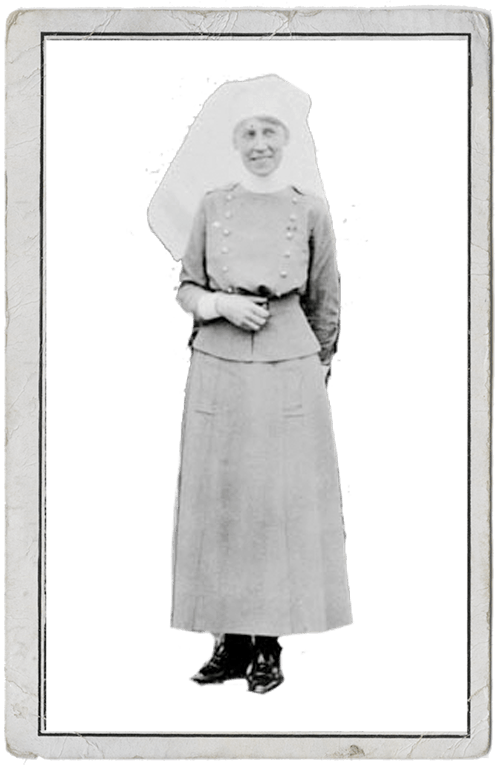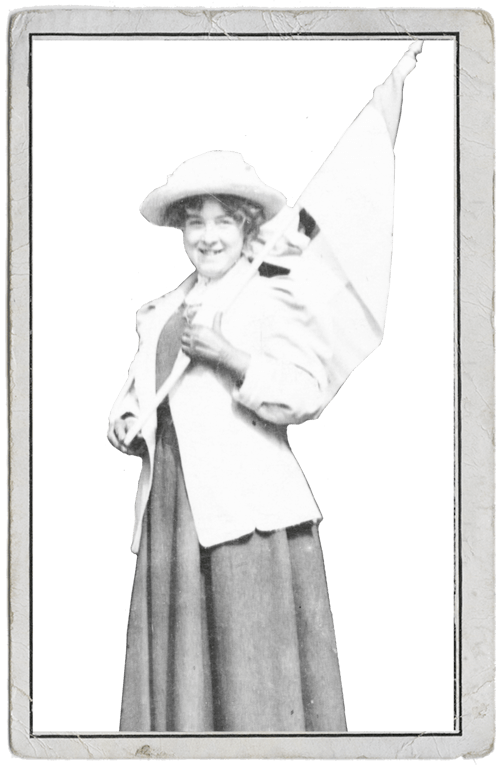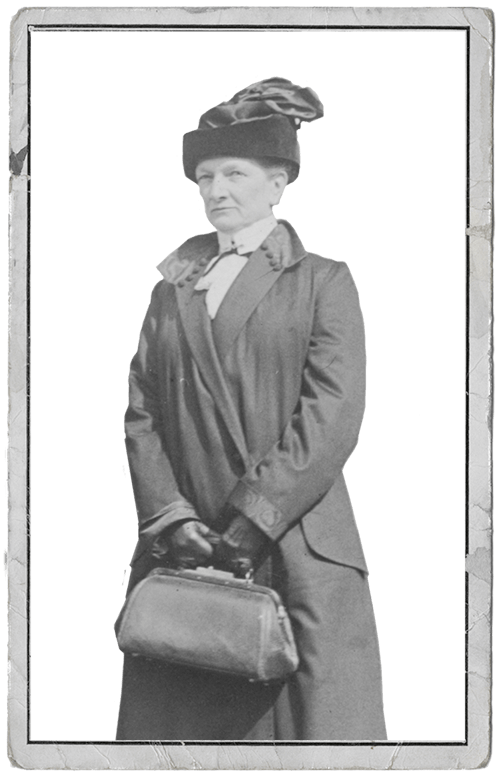The Road Home

When we tell the History of the Great war, the story often ends with the Armistice on November 11th, 1918.
In reality, the story continued far longer for the Canadian troops who were still far away from home. The ships that were used during the war reverted to their original function of transporting commercial products instead of troops. In this context, the logistics of bringing more than 250,000 people back to Canada was a considerable challenge.
It took nine months before Canada had brought everyone back home. During this time, soldiers were restless and impatient to go back to their civilian lives after having spent so much time away from home. Some even rioted at a holding camp (Kinmel Park) in March 1919 which resulted in the deaths of several Canadian soldiers.
A seat at the table
Although a cease-fire was agreed on in November 1918, World War I officially came to an end with the signing of the Treaty of Versailles on June 28, 1919. Reflecting a true “world war”, 32 countries were invited to discuss the conditions of peace and to come up with a conclusion even though the Allied powers who had conducted the fighting and defeated the Central Powers, had a different point of view over the matter.
New Borders for the Old World
As the war came to an end, many nations had their borders modified. Empires disappeared to make space for more nation states. Victorious nations made territory gains and the unstable political landscape brought about by the war prompted revolutions and declarations of independence in some parts of Europe.
Shifting Roles for Women
The years surrounding the Great War were also a tumultuous time for women as they started to gain greater economic independence and political opportunities. Legal changes allowed women to own properties, control their own finances and sign contracts and wills. Furthering their education became widely possible and many women seized the opportunity to work outside the home.

Nurses
During the Great War, over 2,500 Canadian women answered the Call to Arms and enrolled as Nursing Sisters. Just like their male counterparts, they were “in the army” as part of the Canadian Expeditionary Force (CEF). Soon enough, being a nurse became a respectable path and many women flocked to serve their country this way. Nurses stationed in Europe were the first women to vote in a federal election in 1917 as a parliamentary exception – emanating from the conscription crisis – was enacted to bring them to the ballot box.

Suffragettes
The movement advocating for women’s right to vote rose in the mid-19th century as women did not have a full citizenship status and were not allowed to vote. Suffragettes protested against this discrimination and campaigned for a change as they couldn’t vote directly in changing the laws to be seen as full citizens. Their campaign before World War 1 was considered by the Scotland Yard as a larger threat than the IRA, with a sustained campaign of terror and violence unleashed by the suffragettes across the United Kingdom.


Traditional
Not all women were in favour of radical social transformations and did not necessarily believe that the emancipation of women was a good change for society. Anti-suffragette movements existed in Canada and many were adept of maternal feminism, an ideology believing in the distinctive role of women as caregivers and supporting complete freedom within the household.

Workers
Although women being paid for work was not a new phenomenon in 1914, it became increasingly normal as positions were vacated by men gone to the front. During the war, women filled factories, civil services, and participated actively in the wartime industries such as the production of ammunition. As men returned, the original status-quo was re-established but it created a precedent where women worked in areas generally reserved to men. The genie was out of the bottle.

Additional resources
Documentation
On Kinmel Park
http://www.canadiangreatwarproject.com/writing/kinmelPark.asp
The most famous Canadian poem from WWI, John McCrae’s In Flanders Fields
http://www.flandersfieldsmusic.com/thepoem.html
Fifteen great First World War poems (The Week, UK)
http://www.theweek.co.uk/59798/fifteen-of-the-most-moving-first-world-war-poems
Veterans Affairs – From a stretcher handle – The World War I Journal and Poems of Pte. Frank Walker
http://www.veterans.gc.ca/eng/remembrance/those-who-served/diaries-letters-stories/first-world-war/walker
War Time Canada – Poetry
http://wartimecanada.ca/categories/poetry
Poems
http://www.vimyfoundation.ca/vimy-100/vimy-oaks-poetry/
Pictures on right hand side of the Demobilization page from the War Museum
https://www.warmuseum.ca/firstworldwar/history/after-the-war/veterans/repatriation-and-demobilization/
Multimedia material
Historica Canada – Heritage Minutes
https://www.historicacanada.ca/heritageminutes
Historica Canada – Valour Road – WWI
https://www.historicacanada.ca/content/heritage-minutes/valour-road
Newspaper articles
WWI Racism: Black, Asian, Aboriginal volunteers faced discrimination (The Star, August 9, 2014)
https://www.thestar.com/news/canada/2014/08/09/wwi_racism_black_asian_and_aboriginal_volunteers_faced_discrimination.html
Chinese Canadian Veterans: Battling enemies overseas, fighting racism on home front (Vancouver Sun, August 9, 2014)
http://www.vancouversun.com/Battling+enemies+overseas+fighting+racism+home+front/10102969/story.html
Aboriginal Canadians: First Nations Contributions to WWI and WWII: Lest we forget (CBC News, Nov. 11, 2014)
http://www.cbc.ca/news/indigenous/first-nations-contributions-to-ww-i-and-ww-ii-lest-we-forget-1.2830332
Black Canadians: 100 Years ago today, Canada’s black battalion set sail for WWI and made history (CBC News, March 25, 2017)
http://www.cbc.ca/news/canada/nova-scotia/construction-battalionblack-soldiers-pictou-first-worldwar-anniversary-1.4040018
Japanese Canadians: New plaque honours Japanese-Canadian WWI veterans (CBC News, Aug. 5, 2016)
http://www.cbc.ca/news/canada/british-columbia/new-plaque-honours-japanese-canadian-ww-iveterans-1.3709397
Role of Women: Firing Lines: How three Canadian women became war reporters in WWI (CBC Radio, The Current, February 20, 2017)
http://www.cbc.ca/radio/thecurrent/the-current-for-february-20-2017-1.3988710/firing-lines-how-three-canadianwomen-became-war-reporters-inwwi-1.3990889